The posting trot is a highly effective tool, when used properly. It lightens the load on a young horse's back while they're building strength and coordination, it saves the rider's seat on long distance rides, is a necessary step in developing your position for jumping, and much more.
One bug I've always had in regards to the posting trot, however, are the flailing lower legs that seem to accompany it. You know what I'm talking about, the lower leg that bounces on and off the horse's sides with every rise and fall as the rider unintentionally kicks out the lower leg in order to get that bounce out of the saddle and just as surely rakes it back to the horse's side when their seat finds the saddle's.
Not only is it unsightly it also creates instability and insecurity for the rider, excessive and annoying signals to the horse, a lack of balance, and extra work for the rider.
So… how does one go about changing those lack-luster legs and correcting the flaws that accompany them? It won't be easy necessarily but, like anything worth doing, with the right amount of practice it can be achieved!
When riders learn to post it is usually by way of figuring out a way to thrust themselves up and out of the saddle with the appropriate timing to follow the horse's gait, and aside from changing posting diagonals that is the peak of their posting trot practice. Some go on to learn that posting on a particular diagonal can help strengthen the horse depending on which direction they are traveling, or other tips and tricks in regard to the posting trot. But without the stability in those lower legs whatever help provided cannot be redeemed behind the confusion that those bouncing, failing, lower legs create.
Posting is often created out of a pivot point in the knee, weight is pushed downward into the stirrup and the knee becomes the most stable contact point with the horse's side. This allows the lower leg to bounce around at will and makes it impossible to keep consistent contact between the calf and the horse's side. To change this, we need to shift the idea of a pivot point, we want the lower leg to be the consistent place of contact, the knee to be free and open, and the weight in the stirrups to be non-existent.
To achieve this, picture yourself kneeling, your foot is going to press backwards as though against the foot pegs of a motorcycle. To kneel there is no need to pinch your knees, they are free to move inwards or outwards – to be open and soft. The calves need to only find the pressure needed to create enough friction to maintain their position, rather than squeezing they simply embrace. They don't work so hard that they completely fall away from the horse's sides afterwards in order to recover their strength for the next squeeze, they can be consistently quiet and effective without disturbing the horse with their erradic signals. This also helps the horse remain more responsive to a lighter leg aid.
The posting should be quiet and short lived, meaning that you shouldn't be hovering in the air for periods of time, but simply graze close to the pommel of the saddle without an excess of distance from the saddle, just long enough for the horse's stride. Rider's often push themselves so hard out of the saddle that once again their leg muscles simply collapse in order to gain strength for the next post that they then fall back into the saddle, losing control and balance. Allow the horse, instead, to push you out of the saddle – you only need a little push – and then control your sitting by pulling yourself back into the saddle with your hamstrings – the muscles on the back of your thighs. You no longer fall, and the rise is only enough to clear the horse's stride rather than overposting and falling back into the saddle. Your leg muscles do not tire as quickly, your hamstrings get an effective workout so you also tone your legs, and best of all you have stability and security in your rising trot.
Think of your hips leading the way, this avoids an overbending in the hips and a leaning with the shoulders. The shoulders should not lean past your knees, but also avoid straightening so much at the hips that your shoulders throw off your balance and you cannot help but fall backwards into the saddle and overusing the quadriceps (muscles on the front of your thighs) to lift yourself out of the saddle.
Probably the biggest issue is, once again, the pinching at the thighs and pushing downwards into the stirrups. If you are accustomed to using the stirrups for balance you will find this a difficult habit to just throw away in a day. It can help to be conscious of how you are using your stirrups in the walk and sitting trot and work up to finding that awareness benefiting your posting trot.


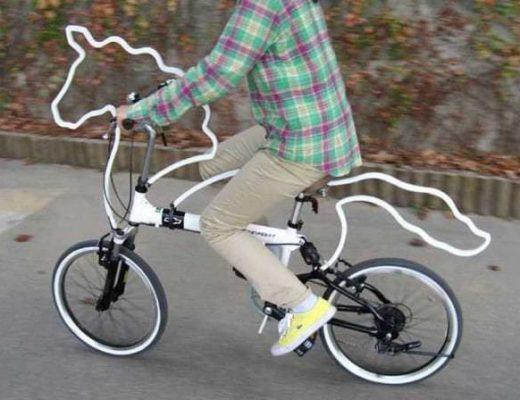
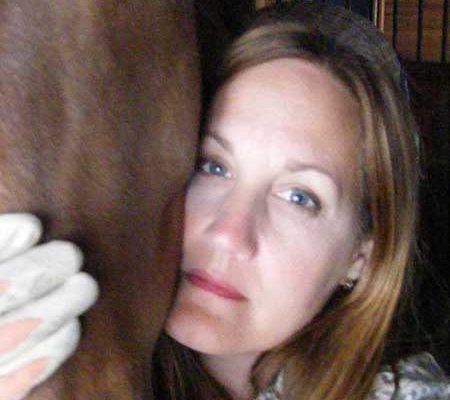
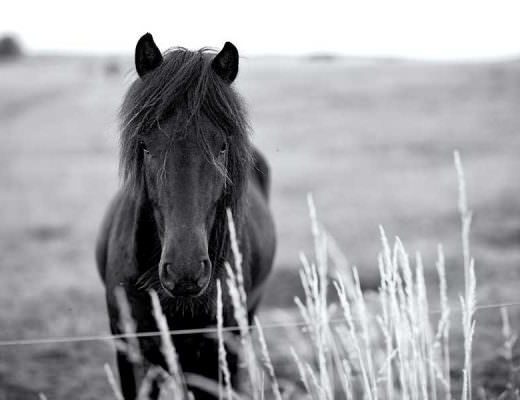
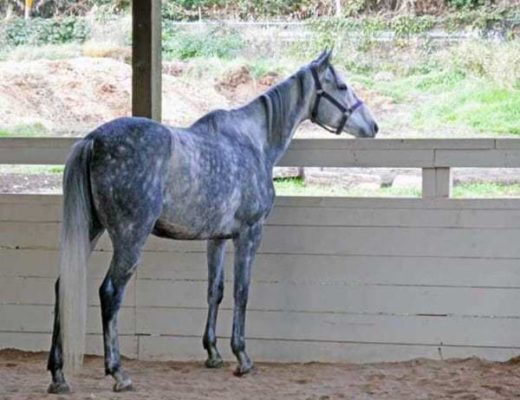
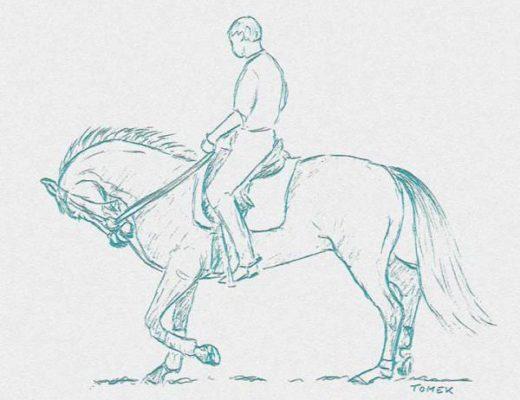
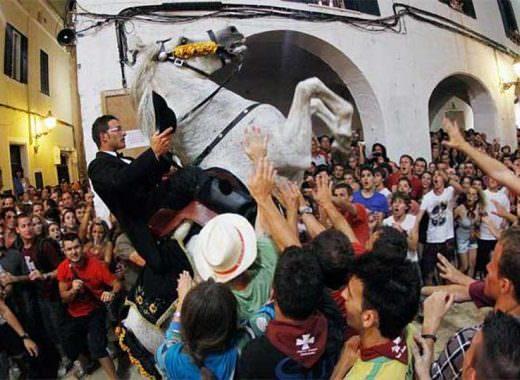
Good article. My leg bouncing only started recently but I tied it directly to trotting on a lazy horse who moves so slow that I think I am trying to make him go faster by trying too hard to post faster also I am afraid if I stop exuberant posting and relax more then he takes it as cue to walk. Once I canter him then go back to trot my legs stay in place as I don’t have to work to make him forward. I wonder if this is a similar experience to others out there. Any more comments on this?
Laura,
If your horse is moving too slowly for posting trot you may consider working to sensitize him to your legs more – i.e. teaching him to move more forward with less leg pressure. Riding with a crop for back-up can also help. If he is moving properly forwards all of your work under saddle becomes simpler than when he is lagging.
Cheers,
Erica
Nice article, thank you so much, i was always thinking that squeezing with my thighs and knees are more important than pressing with my calves. Does this press also applies in the canter? should i think of sticking my calves to the horses at all times? Another question, when i try to point my toes forward, there is almost no contact between my valves and the horses sides, can i open my toes a little bit even this will take my knees and my thighs slightly away from the saddle?
Thank you in advance,
Ahmed